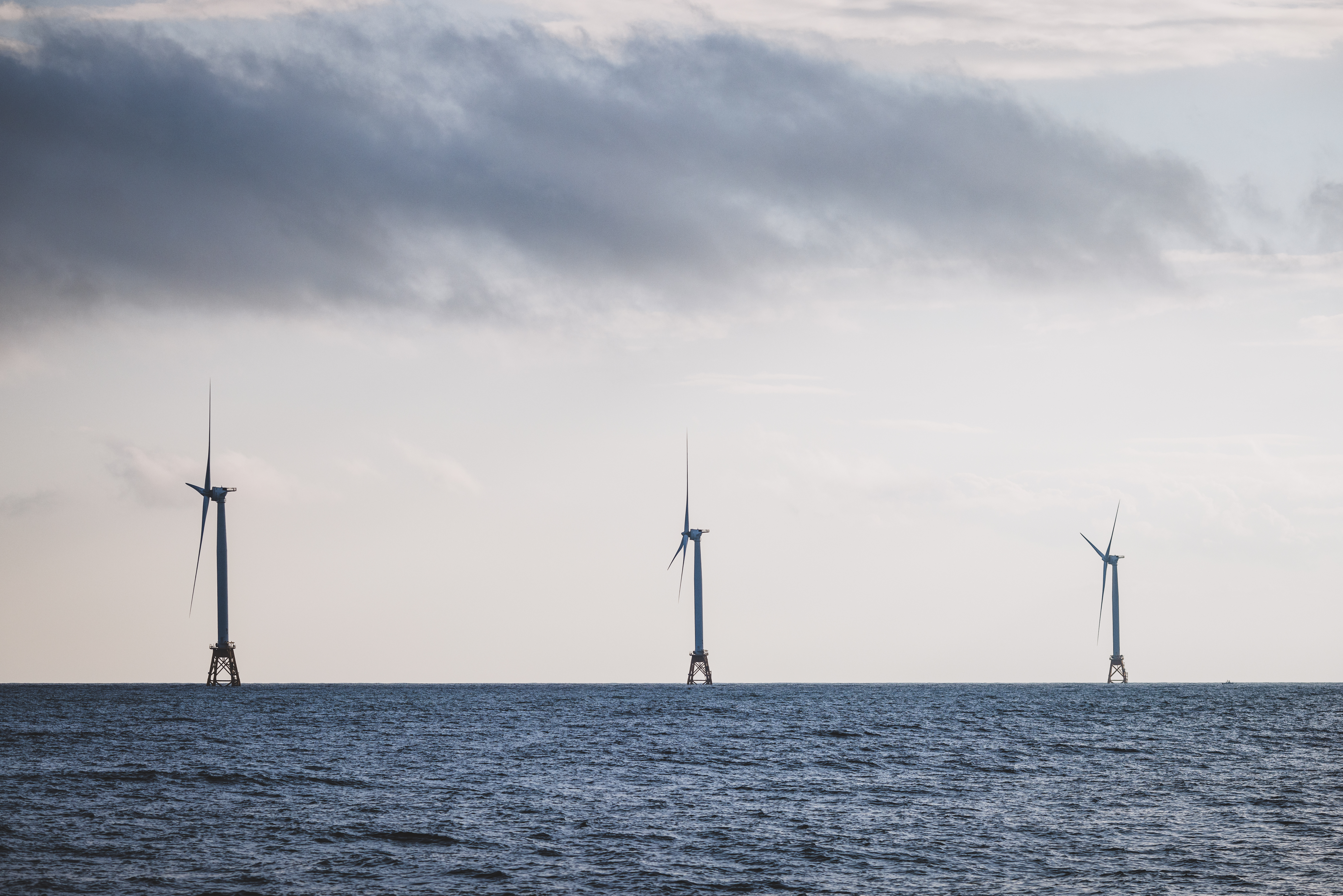
The Evergreen State is working to capture a share of the $70 billion U.S. offshore industry.
The Biden administration’s ambitious goal of achieving a 50-52% reduction of economy-wide carbon emissions by 2030 and its substantial investments in clean energy projects have stimulated more than $110 billion in clean energy private investment, according to the White House.
The benefits of these projects are far-ranging and have bolstered the overall strength of the U.S. supply chain. According to the Business Network for Offshore Wind, the emerging domestic offshore wind supply chain can boast nearly 20 manufacturing facilities and 10 shipyards.
More than 4,1000 companies from all 50 states have registered supplier contracts for U.S. offshore wind, a 54% increase since the Inflation Reduction Act became law. And in the next decade, a Special Initiative on Wind Power report predicts, the offshore wind sector is expected to grow into a $70 billion industry.
Wisely, the State of Washington wants to get in on the action.
Washington Gov. Jay Inslee and the nonprofit Washington Maritime Blue announced the launch of a new offshore wind supply chain campaign on Tuesday. The project, named Blue Wind, aims to establish the Evergreen State as a leading manufacturer and exporter of offshore wind turbines.
“More states and countries are looking to offshore wind to generate massive amounts of clean energy and they need the kind of skilled workforce, advanced manufacturing capabilities and deepwater ports Washington has to build needed materials and components,” Inslee said. “Washington is a leader in building a clean energy economy, and Maritime Blue’s Blue Wind collaborative will help Washington seize this opportunity to be a leader in the clean energy supply chain as well.”
But the Evergreen State has a unique challenge. The Pacific Coast’s especially deep waters have made traditional fixed-bottom wind turbines, the likes of which are seen off the shore of Rhode Island and Massachusetts, impossible. But floating wind turbines designed and built in Washington could solve that problem and meet Washington State’s clean energy needs as well as the rest of the Pacific Coast.
“Offshore wind is another generational shift bringing a truly all-encompassing new industry to this country like the automobile, aerospace and software industries,” said Foss Offshore Wind Vice President Sloane Perras. “Offshore wind generates high-paying blue collar and white collar jobs throughout the United States. It is time the Pacific Northwest showcase our vast talent pool, spirit of innovation, entrepreneurship and our unique collaboration across communities to ensure that we play a critical role in the offshore wind supply chain.”
The Seattle Times reports that the Blue Wind initiative leaders are currently analyzing the existing offshore wind supply chain ahead of establishing goals for business development and job creation.
